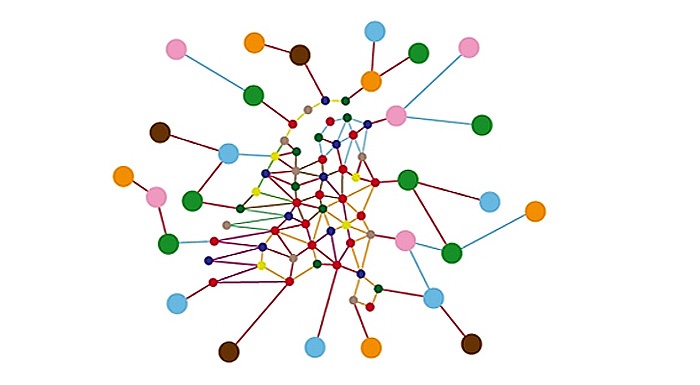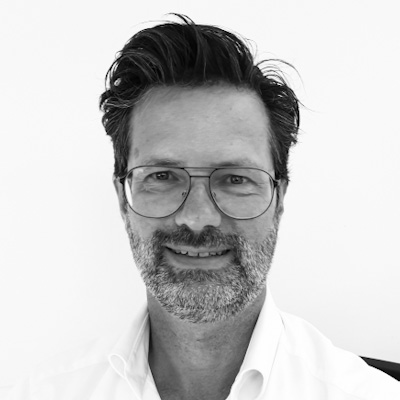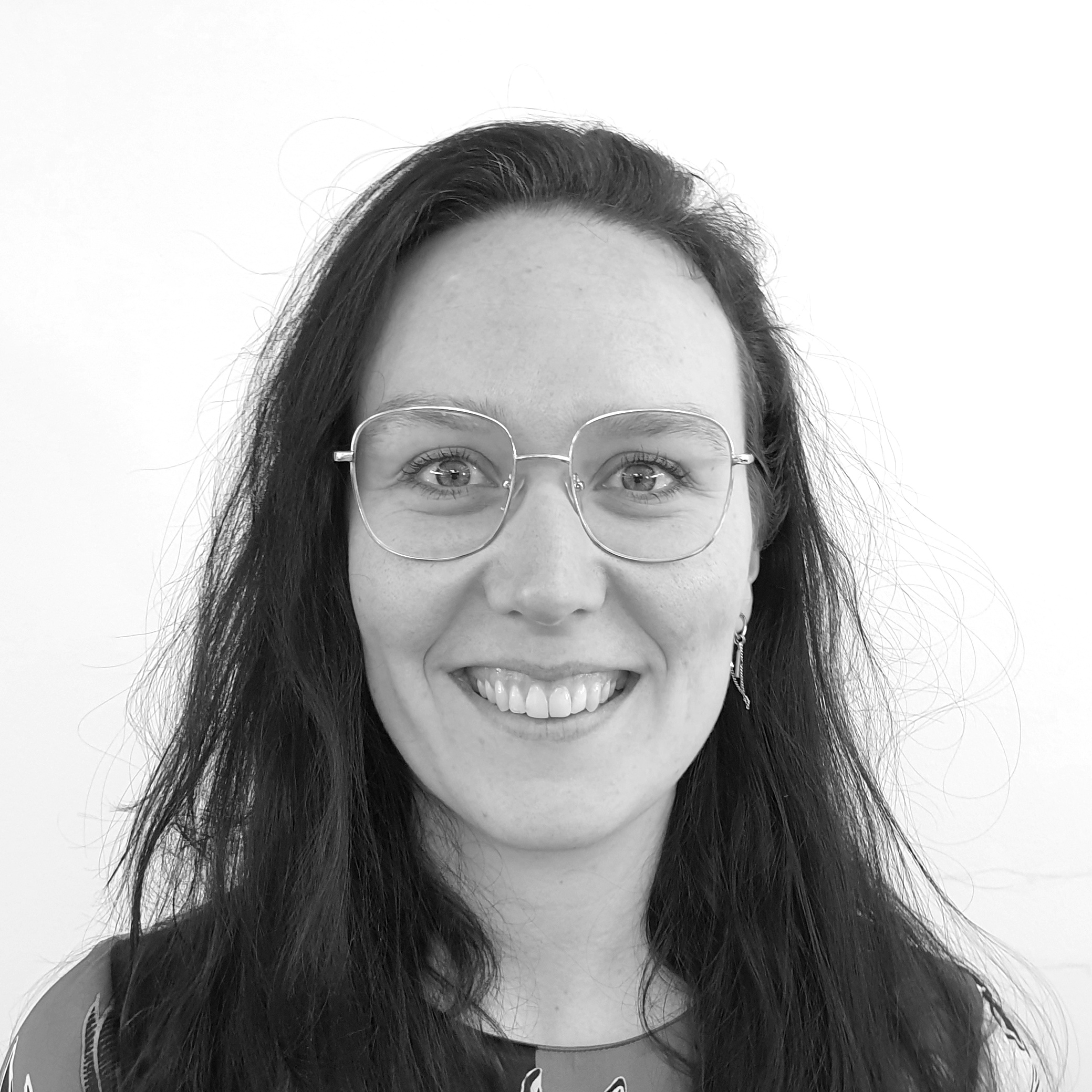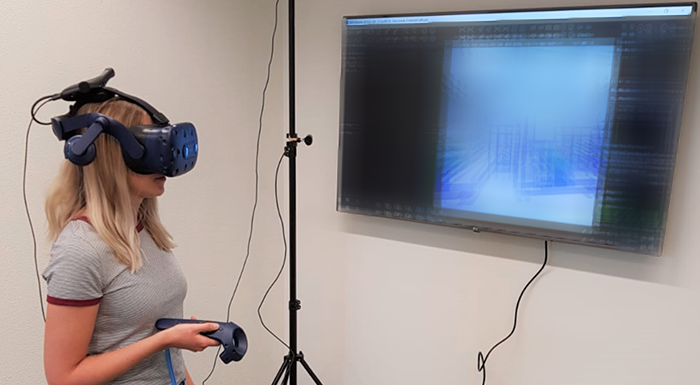
Dutch OEM manufacturers operate in a worldwide market where competition comes from all sides. In order to stay ahead of the pack, they must continue to innovate. Implementing the right innovation at the right moment to increase competitive advantage is a major challenge. How do you organise the ‘development chain’ and what is the role of the system developer in this?
Who is doing what?
Dutch OEM manufacturers are brought up with a specific technology. This can be the sterilisation of milk or the vapour deposition of wafers for the production of solar cells. In many markets Dutch OEM manufacturers are a dominant factor. Often their technology is developed after many years of testing and research. This way, the core technology with which the OEM manufacturer has taken the lead in the market has come into being. Continued development of this can only be done by these specialists. The results are proof of concepts, prototypes etc.
But that does not make these innovations market-ready. They are only technological innovations that show that there is a future in it. It is necessary to elaborate upon this technology in a system that, on an international level, and in a smart and efficient manner, can comply with the market demand in a certain market segment.
Do you deploy technology specialists for this with the possibility that they will be no longer available for the next technological breakthrough, or do you use other specialists for this? Specialists who can develop an optimal system that complies integrally with market requirements, the supply chain and the internal organisation? And is this system development a speciality? As system developers, we find that this role suits us perfectly. Further developing the technology of the client and launching an often client-specific and small serial production, is our speciality.
Predictability of market introduction
From the idea, the technology or the innovation of the client, we start out with an assignment to fill in market demand, within a certain time period and budget. An integral structured approach is important to us. A product platform can only be successful when it complies with the demands of all parties involved. It is therefore important to have a clear picture. It goes from the wishes of the sales department which wants to offer the best possible options and also to the work planner who wants to control the chain in a lean manner. With our tried and tested ‘Bridging the Challenge’ programme, we are able to develop a certain system and kick start serial production.
Collaboration in the “development chain”
The system developer understands the wishes of both the end customer and the OEM manufacturer and also knows the possibilities of the supply chain. The system developer is particularly suitable when it comes to organising the contributions of all these partners at the right moment of the development project. The development chain is organised differently than the supply chain. The specifications of a small part then are, of course, of great influence on the specifications and this supplier therefore has a major say in the design. In the supply chain he will be ‘only’ supplying the main supplier. So collaboration in the development chain is therefore something else than collaboration in the supply chain.
Completion and acceptance
In our Bridging the challenge programme, we develop systems for OEM manufacturers on the basis of their technology. We make sure that this happens in a well-organised manner so that we can launch serial production within a certain time frame and budget. You can only make it a mutual success if you, during the development trajectory, pay attention to the completion and acceptance of the project results. There are many people involved in the serial production of the system. People who will all work with what we have developed. The sales department should be able to work with the options and varieties, the order engineer should be able to work with his tasks in order to be able to develop a client-specific system, and supply chain should be able to work with the bill of materials and assembly guidelines. Involvement of all these parties during the development trajectory is therefore important and should not be regarded casual matter. The project roadmap pays special attention to an open and clear collaboration. What counts is that together, we can set up a successful serial production.
The system developer as a flexible shell
Consider us a temporary expansion of the engineering unit, with passion for developing machines, sometimes a bit headstrong, but with a feeling for team spirit and responsibility. Also a team, however, that makes it easy to switch between expertise and time, now and next year. If you are curious how we can help you, then make an appointment.











